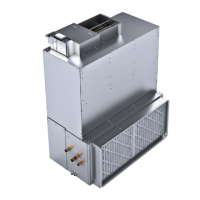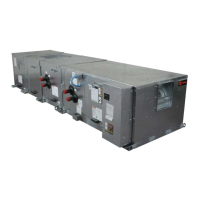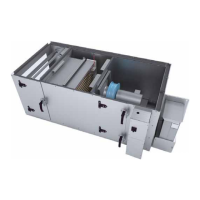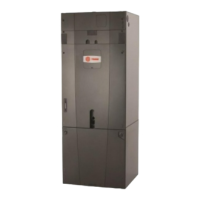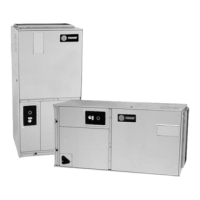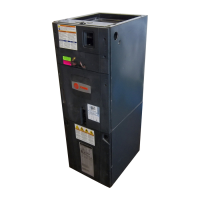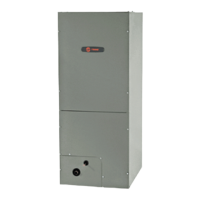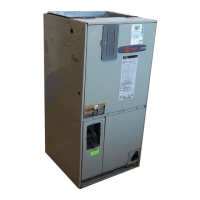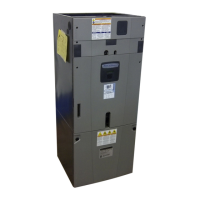SAFETY WARNING
Only qualified personnel should install and service the equipment. The installation, starting up, and servicing of heating, ventilating, and air-conditioning equipment
can be hazardous and requires specific knowledge and training. Improperly installed, adjusted or altered equipment by an unqualified person could result in death or
serious injury. When working on the equipment, observe all precautions in the literature and on the tags, stickers, and labels that are attached to the equipment.
June 2022
BCX-SVX002A-EN
Installation, Operation, and Maintenance
Blower Coil Air Handler
Single Zone Air Handler, 400 to 4000 CFM
Models BCHE, BCVE and later design sequence
